By Chris Croft, Prevention Education Program Manager, and Robin Colbert, Associate Director, of the North Carolina Coalition Against Sexual Assault (NCCASA)
Definitions and Context
In many parts of the world today, human trafficking is referred to as “modern-day slavery,” and indeed, various forms of slavery have existed throughout history. In the historical context of the U.S., however, most people associate “slavery” with one specific model: chattel slavery. In this essay, adapted from our Human Trafficking Prevention Toolkit, we explore this distinction and why it matters when it comes to reporting about trafficking.
Whereas all forms of chattel slavery fit the U.S. definition of human trafficking, not all forms of human trafficking fit the definition of chattel slavery. In the U.S, for example, human trafficking can include a homeless minor trading sex for a place to stay, or an immigrant laborer who could technically leave an exploitative work environment but fears coming forward out of the threat of being deported. These situations fit the definition of human trafficking; they are also unlike historical U.S. slavery in several key ways.
So what is “chattel slavery”?
Chattel slavery is the model of enslavement used in what is now the U.S. since settlement. Unique features of chattel slavery include:
- The enslaved person was considered the property of another person, throughout the duration of their life.
- The enslaved person’s children were also considered the property of the other person, so it was generational.
- Like property, they were passed down through the generations like inheritance.
- When “bought,” complete ownership was transferred to the buyer, who became the new “owner.”
Although the Thirteenth Amendment ended chattel slavery in the U.S. in 1865, the same racial hierarchies that were created to perpetuate race-based slavery were instituted in systems and society. These systems included redlining, disproportionate rates of incarceration, and disparate impacts of cash bail—many of those systems still disproportionately harm Black people. When racist beliefs and practices get embedded in systems and society, that is referred to as structural racism.
Table: Comparison among Human Trafficking, Chattel Slavery, and Structural Racism
| Human Trafficking |
Chattel Slavery |
Structural Racism |
| Illegal |
Legal and state-sanctioned |
Legal and state-sanctioned |
| Systems and laws are designed to keep you out |
Systems and laws were designed to keep you in |
Systems and laws designed to self-perpetuate |
| Assistance and support are encouraged by the state, and helpers are seen as beneficial |
Assistance and support were not culturally accepted, and helpers were seen as radical criminals |
Assistance and support are not culturally accepted, and helpers/resisters are seen as radical |
| Not systematically generational |
Systematically generational |
Generational impacts with small changes resulting from major campaigns |
| People of all races can be involved as either traffickers or survivors |
System based on race, and race was constructed based on profit |
Systems’ origins and impacts based on profits |
Language and Imagery
As this table shows, structural racism has more in common with chattel slavery than human trafficking does. All forms of slavery (including chattel slavery) would fit the definition of human trafficking, but not all forms of human trafficking fit the definition of slavery. Additionally, many organizations doing work to end structural racism use the language of abolition in their advocacy, connecting their work to the lineage of those who fought state-sanctioned, race-based slavery in the U.S.Following are important points of consideration when interviewing sources and reporting about trafficking: Use of slavery language and imagery to describe human trafficking in the U.S. context can be confusing.
People working to end structural racism in governmental systems, such as prisons, often refer to themselves as abolitionists. People working to end the sex trades (both consensual and trafficked) also often refer to themselves as abolitionists. People working to end human trafficking (to include some, but not all, survivors) might refer to themselves as abolitionists.Use of slavery language and imagery to describe human trafficking is often inaccurate.
Being trafficked by an existing intimate partner or drug dealer is violence and should not happen in a civilized society; it is also qualitatively different from being conceived as a result of sexual assault, as many enslaved people were, permanently sold away from your family at an early age, and legally offered to a community bank as collateral on a loan. Exiting a trafficking situation can be frightening for a human trafficking survivor; it is also qualitatively different from knowing that if you fled enslavement and encountered law enforcement, they would return you to your enslaver/enslavement.Use of slavery language and imagery to describe human trafficking in the U.S. context may feel racially insensitive to some Black Americans.
For the reasons in the above paragraph, some African Americans may feel that use of slavery language and imagery to describe human trafficking minimizes the real differences between modern trafficking and the chattel slavery experienced by their ancestors.Use of slavery language and imagery to describe human trafficking in the U.S. context may create friction with some anti-racist advocates and organizations.
Some of the first anti-human trafficking efforts in the U.S. were
racially motivated, and the ensuing legislation was
used to target specific people and populations. Because of the
complicated racial history of the anti-human trafficking movement, anti-racist organizers may find it distasteful when the language of historical chattel slavery is used to describe human trafficking, which can impede effective collaboration toward shared goals.
Use of slavery language and imagery to describe human trafficking in the U.S. context may be perceived as manipulating racial assumptions for political purposes or personal/organizational gain.Anti-human trafficking organizations or advocates may use slavery language and imagery in their speech, materials, or organization’s name in order to invoke a long history of resisting slavery and racial harm. When they do so, it might be to garner public sympathy, increase public mobilization for their agenda, or boost fundraising efforts. It may be seen as distasteful if an organization invokes the legacy of anti-slavery activism while promoting policies that create increased vulnerability among immigrants or disproportionate policing of communities of color. When organizations or individuals use that language while also using imagery and language that perpetuates racist stereotypes, it can cause harm to Black and Brown individuals and communities (as well as survivors), and it can hinder anti-trafficking efforts.Use of slavery language and imagery to describe human trafficking in the U.S. context can make it less likely that some survivors will recognize themselves and their situations in the description.
Part of our goal in educating the public about human trafficking is for some current or past victims of trafficking to recognize themselves in the description so that they might seek out available services, support, and assistance. When we use language or imagery that suggests human trafficking is slavery, survivors (especially in the U.S.) may think of chattel slavery and not understand that their experiences are human trafficking. Similarly, this may cause community members and professionals to miss cases of human trafficking when they are looking for “slavery.”
Best Practices:
- For more information, read “Rethinking ‘Modern Day Slavery,” NCCASA
- Avoid referring to human trafficking as “slavery” and refrain from using slavery-related metaphors like shackles or imprisonment unless you are referring to literal shackles or imprisonment or directly quoting a source. Work with editors at each step to assure this language does not re-enter the news.
- Avoid using imagery that suggests chattel slavery to accompany your reporting. Work with photographers and illustrators to assure this imagery does not appear in news coverage about trafficking.
- Follow survivor-led organizations such as National Survivor Network and Survivor Alliance to learn about prevailing issues and perspectives.
- Avoid using imagery that suggests chattel slavery to accompany your reporting. Work with photographers and illustrators to assure this imagery does not appear in news coverage about trafficking.
- Follow survivor-led organizations such as National Survivor Network and Survivor Alliance to learn about prevailing issues and perspectives.
- Gain a better understanding of the impact of language and imagery on communities of color by engaging in critical conversation with anti-racist organizations.
 Chris Croft
Chris Croft
Prevention Education Program Manager
 Robin Colbert
Robin Colbert
Associate Director, of the North Carolina Coalition Against Sexual Assault (NCCASA)
 Chris Croft
Chris Croft Robin Colbert
Robin Colbert